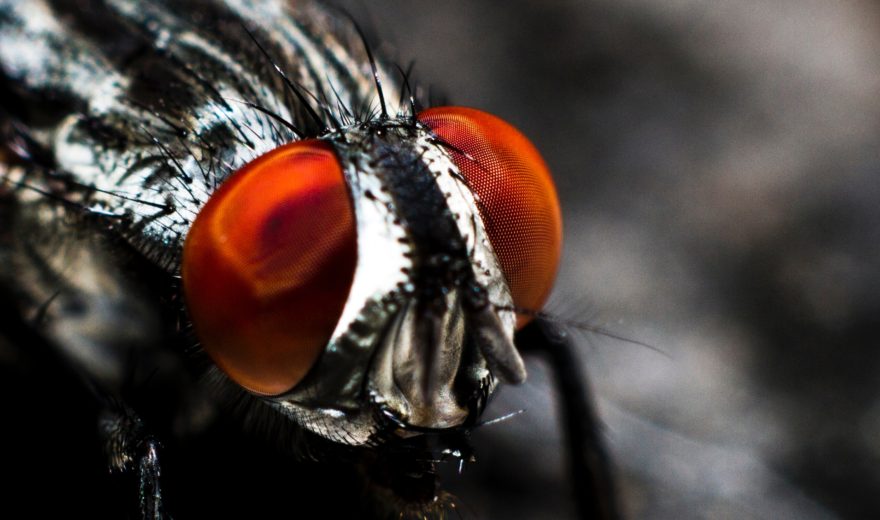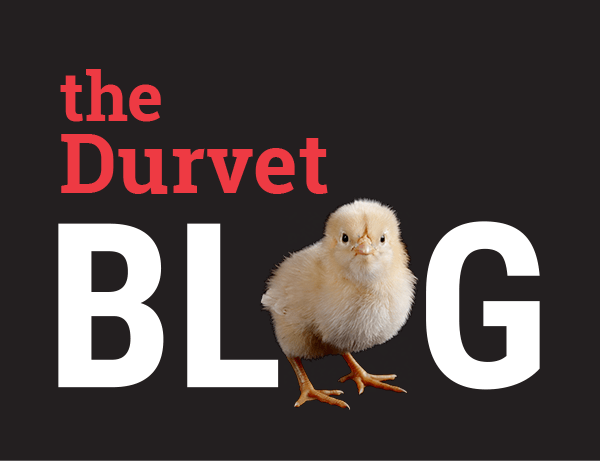
There are many fly sprays and repellants, but have you ever wondered what ingredients you should be looking for in order to be most effective?
Durvet offers many fly control products, ranging from fly sprays to shampoos, containing a variation of Permethrin, Pyrethrin, and/or Citronella. Understanding what these actives are, and what are they're doing for you, will help you control flies and other annoying insects for your animals and around your barn.
While Pyrethrin and Permethrin are in the same class (Pyrethroids), there are differences between the two. Let's take a look at what each active ingredient means.
 What is Pyrethrin?
What is Pyrethrin?
Pyrethrin is a natural insecticide derived from a plant extract of the species Chrysanthemum (Daisy). The main four active ingredients in Pyrethrin are Pyrethrin I and II and Cinerin II and I, however, there are a total of six.
This active ingredient has a quick knockdown on insects, but will break down easily in sunlight.
What is Permethrin?
Permethrin is a synthetic chemical, “man-made”, that acts like the natural extracts from the chrysanthemum flower. This active has a longer residual and will not break down as easily when exposed to sunlight.
The downside to permethrin is does not have the quick knockdown power compared to pyrethrin.
What is Citronella?
Oil of citronella is a naturally occurring insect and animal repellent distilled from two grass varieties. The main components are citronellol, citronellal, and geraniol.
Oil of citronella was first registered in the United States in 1948 and is on the U.S. Environmental Protection Agency's (U.S. EPA) list of minimum risk pesticides.
Now I'm sure you're wondering how to control flies and other insects in your life. Here's more info on how each works:
How do repellents work?
Both Pyrethrum & Permethrin can affect insects if they eat or touch it, meaning they must come in contact for it to work.
Pyrethrins and Permethrin work in the same way by affecting the nervous system in insects, causing muscle spasms, paralysis and death.
Citronella doesn't kill; it repels insects, aiding to reduce the number of insects that will land and bite.
Are Pyrethrin or Permethrin harmful?
Pyrethrin & Permethrin have been shown to have a low level of toxicity to mammals. This family of insecticides is EPA-registered for use in many household products and livestock treatment as well as for treating unwanted pests in edible plants and fruits.
Used properly and at the concentrations stated in the label instructions, Pyrethrin shouldn't be harmful.
Will Pyrethrin or Permethrin harm my pets?
No, if used properly as directed by the label, pyrethrum is considered to have a low toxicity to humans and mammals. Pyrethrin insecticides have been used in agriculture and equine applications for over 40 years with no known harmful effects. Permethrin also has a low toxicity to humans and is more toxic to insects. Insects cannot break it down as quickly as most mammals can.
Durvet's offering of fly control products includes Power® Fly Spray & Wipe, Fly-Rid® Plus Spray, Fly-Rid® Ointment, Aloe Advantage Citronella Shampoo, along with many products contain Permethrin, Pyrethrin, and/or Citronella. These products help you in controlling flies and other insects on your horses, dogs, and around your barn.
Sources:
National Pesticide Information Center http://npic.orst.edu
Pyranha https://www.pyranhainc.com/did-you-know/product-faqs
Neogen http://www.neogen.com/en/

 BACK TO MAIN BLOG
BACK TO MAIN BLOG 
Comment